Reef restoration
Pioneering cutting-edge technology to help restore coral reefs.

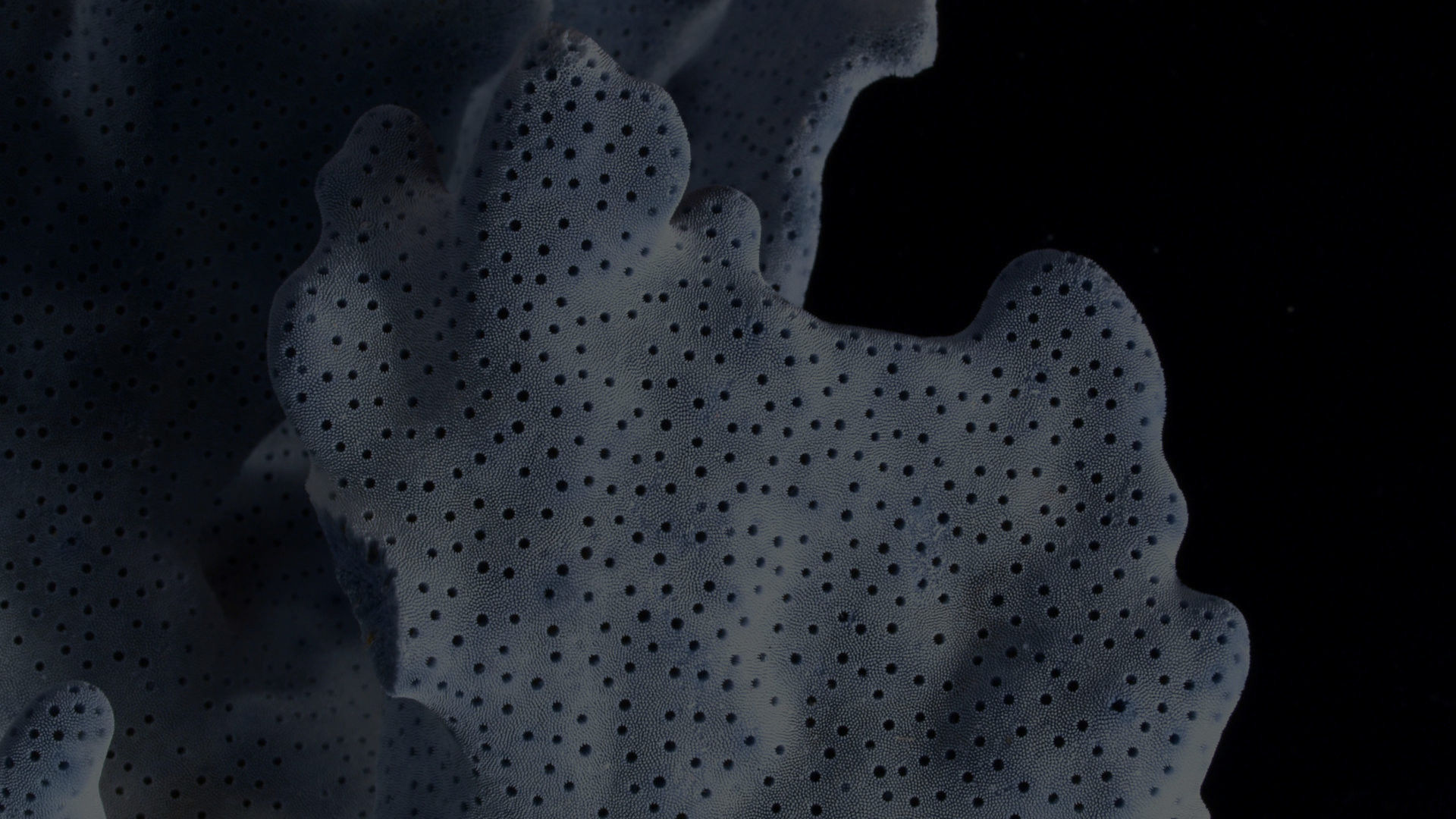
#The problem
Almost half of the Great Barrier Reef's corals have been lost to climate change in the past few decades.
Coral reefs are on the frontline of climate change. The science is clear; warming ocean temperatures are locked in, with emissions reductions no longer enough to safeguard coral reefs. Current reef restoration efforts fall far short of the scale needed to have any real chance of saving these critical ecosystems. To give our Reef a fighting chance, we must develop technology that can restore reefs at a scale never before attempted. This means planting corals for today on important local reefs, and securing corals for tomorrow by enhancing heat tolerance so they can withstand warming temperatures. We're safeguarding these measures with our rapid response plan, which coordinates and mobilises key first responders following disturbances like mass bleaching events and severe cyclones.
#Our solutions
We're helping restore coral reefs with a suite of innovative scientific solutions.
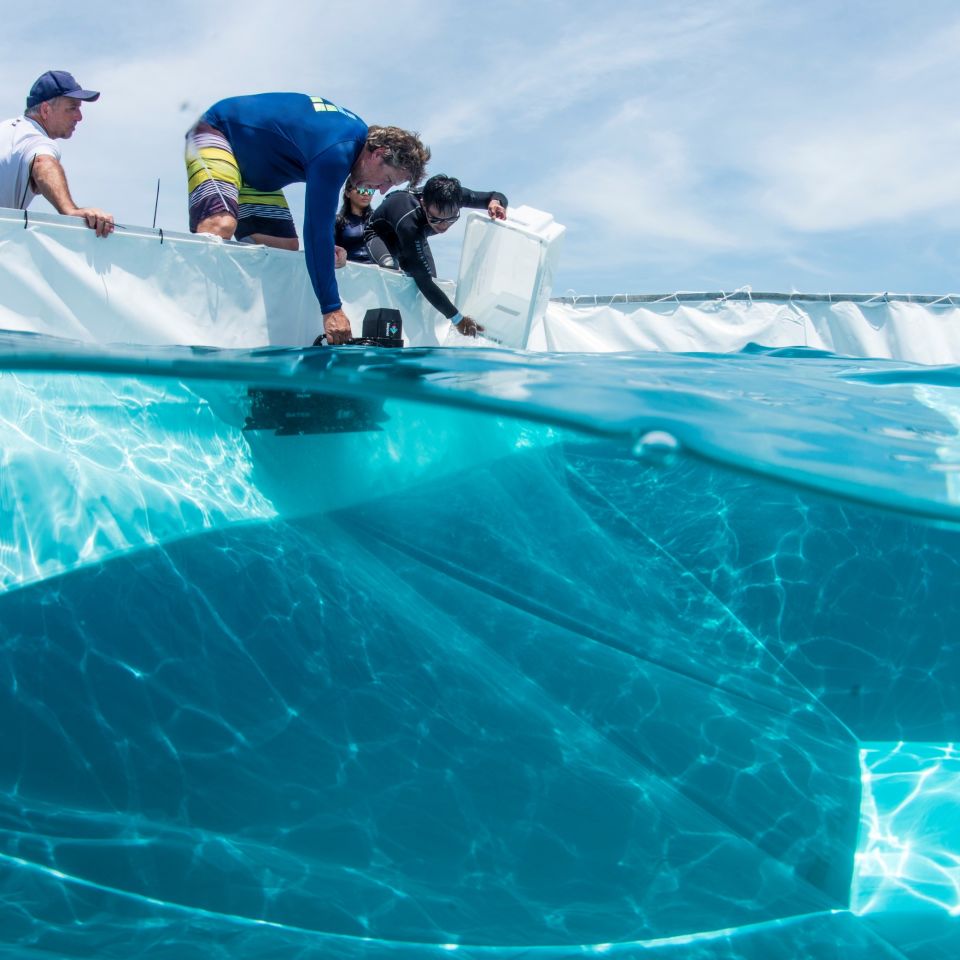
Coral IVF
During mass coral spawning, our researchers capture excess coral eggs and sperm from healthy reefs and rear millions of baby corals in specially designed floating pools. These young corals are then placed on damaged reefs, helping to repopulate and restore them. The offspring of these corals will continue to breed, revitalising the damaged reefs. This solution can be applied to coral reefs worldwide, offering hope for restoring and repairing damaged coral populations globally.

Boats4Corals
The Boats4Corals project is helping scale up restoration in the Whitsundays by harnessing the power of local skills, vessels and passion. Researchers have developed an approach to safely and effectively bring many hands on deck to deliver more coral babies to more reef areas. Local tourism operators, Traditional Owners, government agencies, and recreational boaters are being trained in the Coral IVF method; from identification of spawning slicks, to releasing coral larvae from floating nursery pools onto the Reef.

Coral fragments
The unique biology of coral means we can remove small fragments, or collect broken fragments, and plant them back onto the Reef. Over time, these grow to form new reefs. Coral fragments are also used to breed new generations of corals in underwater nurseries and in tanks on land.

Cryopreservation
Small pieces of coral tissue or coral sperm and eggs are collected and carefully frozen in liquid nitrogen. By freezing the coral samples, their biological activity is essentially stopped, allowing them to be stored for extended periods. This technique serves as a back-up plan to protect coral species from extinction and provides a resource for future coral restoration efforts. When needed, the preserved samples can be thawed and used to propagate and reintroduce corals to degraded or damaged reefs, aiding in their recovery and conservation.

Coral clips
To improve the efficiency of coral planting, we use a device called a Coralclip®. It's a stainless-steel spring clip that securely attaches corals to reefs, allowing them to establish and grow. These low-cost clips can be deployed quickly, with several hundred corals planted per dive. The locally-design clip has an impressive coral survival rate and eliminates the need for chemical bonding agents.
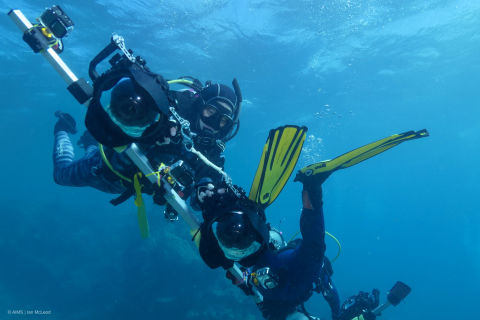
3D mapping with photogrammetry
Photogrammetry is a technique to measure things from photographs, by converting them into accurate three-dimensional reconstructions of objects and environments. On the Great Barrier Reef, we’re using photogrammetry (photo = image, grammetry = measure) to measure the growth, recovery and survival of corals over time, providing vital data that helps scientists decide where to focus restoration efforts.

Stabilising reefs
Coral reefs can be degraded and damaged by acute events like severe coral bleaching, cyclones and ship strikes. These disturbances cause large areas of reef to break into rubble beds, made up of pieces of dead coral skeletons and rock fragments that constantly move with the tides and waves. We are currently implementing a range of techniques that help us understand how we can best secure this loose rubble, to allow young corals to survive and grow into new reefs.

#Project gallery
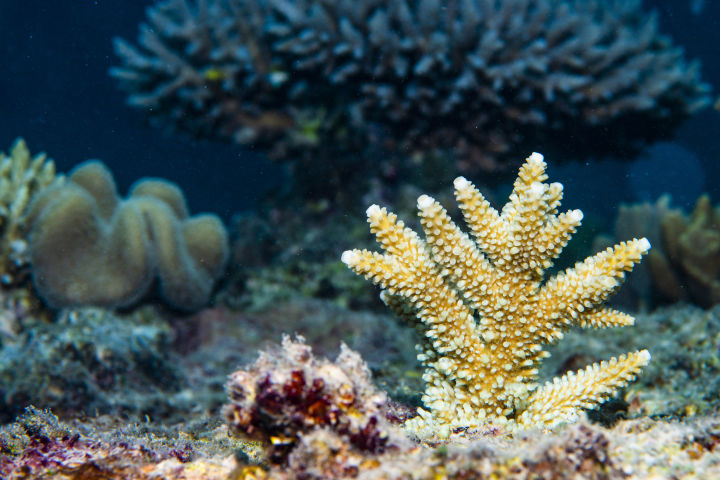
Successfully planted coral fragment. Credit: Peter Harrison.

Researchers setting up larval pools off Heron Island. Credit: SCU
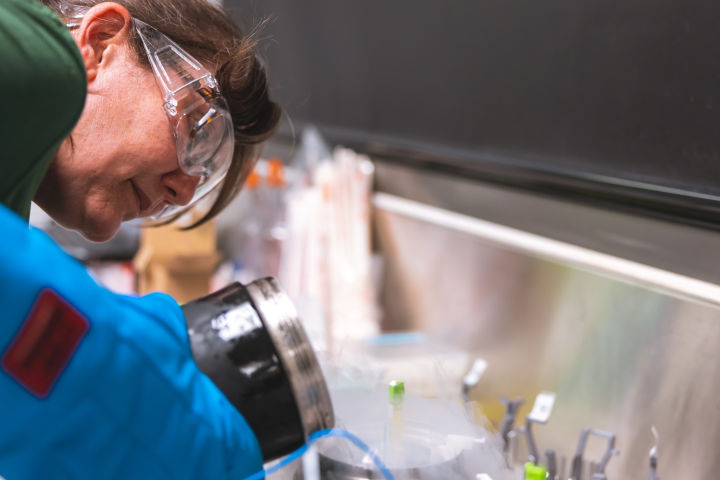
Researchers cryopreserving coral gametes. Credit: SkyReef Photos, AIMS

Building a 3D map produced using underwater photogrammetry. Credit: Marie Roman, AIMS

Tourist operators & scientists collect wild coral spawn together. Credit: Johnny Gaskell
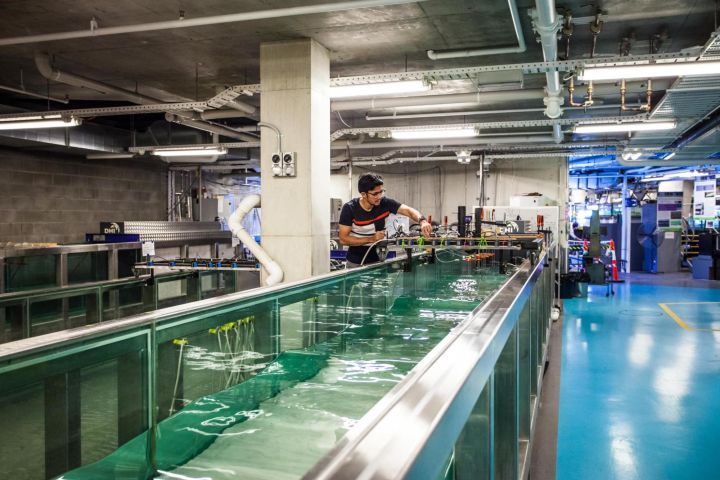
Using a flume to test wave impact on coral rubble. Credit: University of Queensland
#Featured stories

#Tomorrow needs you, now.
The Great Barrier Reef is in desperate need of support. Donate today to help grow new baby corals, creating a better future for the Reef.




